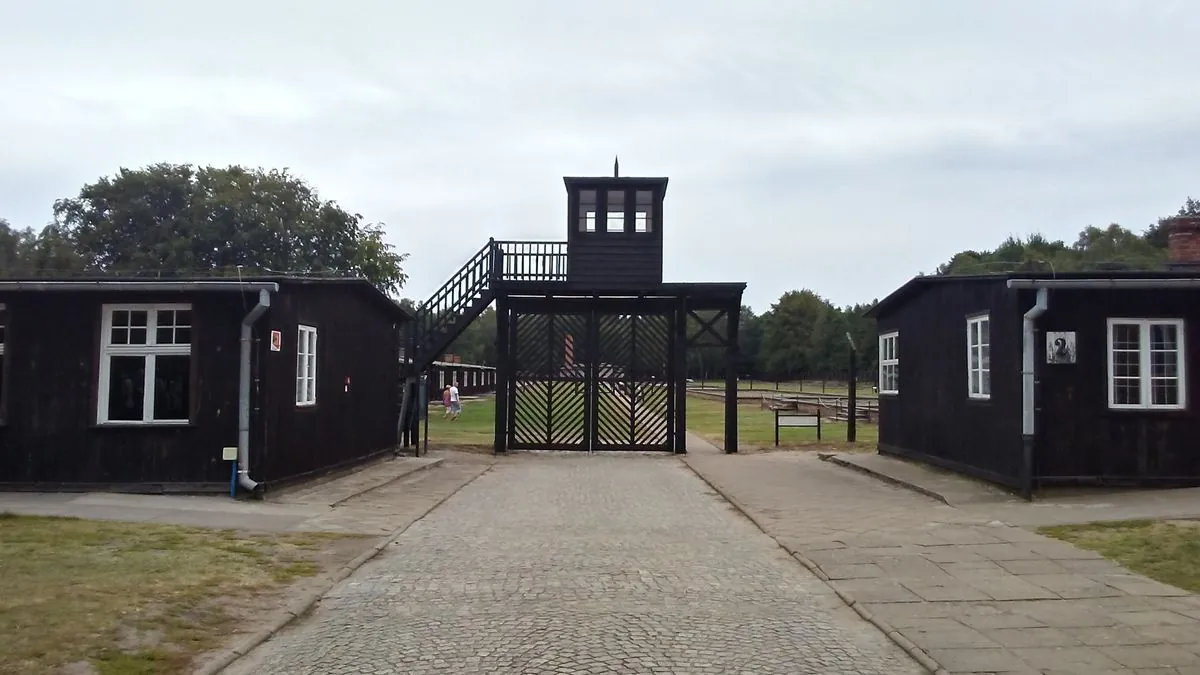The German Federal Court has upheld the conviction of a 99-year-old woman for her role as a typist at the Stutthof Nazi concentration camp during World War II. Irmgard Furchner, who was 18 and 19 years old at the time, was found guilty of being an accessory to the murder of 10,505 people.
In 2022, Furchner received a two-year suspended sentence for her involvement in the camp's operations. The Federal Court rejected her lawyer's argument that her activities were merely routine office work, stating that "typical, neutral professional activities of an 'everyday nature'" do not apply in this case. The judges emphasized that Furchner was aware of the main perpetrators' actions and supported them.
Stutthof, established in 1939, was the first Nazi concentration camp outside German borders. Located near Gdansk (then known as Danzig), it witnessed the deaths of approximately 65,000 people due to starvation, disease, and gas chamber executions. The camp held prisoners from 28 different nationalities, including prisoners of war and Jews targeted by the Nazi extermination campaign.
The camp's history reveals its evolving role in the Nazi regime's atrocities. Initially intended for Polish intelligentsia and resistance members, Stutthof expanded to include a women's section in 1944. That same year, it became part of the "Final Solution" plan, with many Dutch Jews being deported there. The addition of a crematorium and gas chamber in 1943 further intensified the camp's deadly capacity.
Furchner's case is part of a recent trend in prosecuting elderly individuals for Nazi-era crimes. In 2021, at the age of 96, she briefly became one of the world's oldest fugitives when she failed to appear for her trial's opening, prompting judges to issue an arrest warrant.
"The defendant knew what the main perpetrators were doing and supported them in doing it."
This ruling underscores the ongoing efforts to seek justice for Holocaust victims, even as the number of living participants dwindles. It also highlights the complex legal and moral questions surrounding the culpability of those who played supporting roles in the Nazi regime's machinery of death.
The Stutthof camp, which was liberated by Soviet forces on May 9, 1945, now serves as a memorial site. Established in 1962, the camp's museum preserves the memory of those who suffered and died there, ensuring that future generations can learn from this dark chapter in history.
